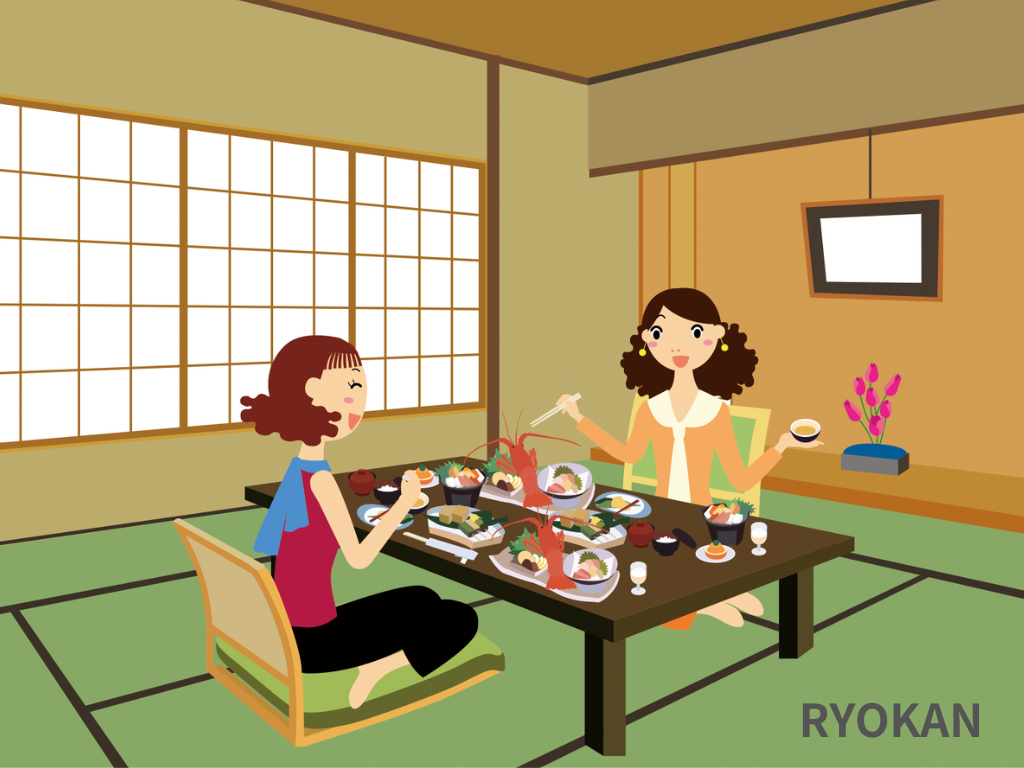
Recently, my small travel agency has seen an increase in requests for stays at traditional Japanese ryokans. Among these, rooms with tatami mats are particularly popular.
I am very pleased about this. It is proof that Japanese culture is respected.
Once, a foreigner entered a tatami room in a Japanese ryokan and asked angrily, “Are you telling me I have to sleep on the floor?”
For someone like me who knows such anecdotes, foreign tourists who want to stay in a room with tatami mats are a real joy.
Japanese ryokans usually offer a standard package that includes accommodation with two meals: a luxurious Japanese-style dinner and a traditional breakfast.
The meals are made with local ingredients, with fish and meat forming the main dishes. Ryokans near the sea serve a variety of fish dishes.
Although it is often possible to take allergies into account when ordering meals, in some cases this cannot be guaranteed, so caution is advised. Very few ryokans offer vegetarian or vegan dishes.
Recently, more and more ryokans have been offering rooms with small private hot springs.
You can bathe together with Japanese guests in a large public bath, but if you feel uncomfortable doing so or value privacy, choosing a room with its own bathing area is also a good option.
Many ryokans only accept reservations in Japanese, and each ryokan has its own rules.
My small travel agency would be happy to advise you.
Links to other blogs about ryokan can be found below.











